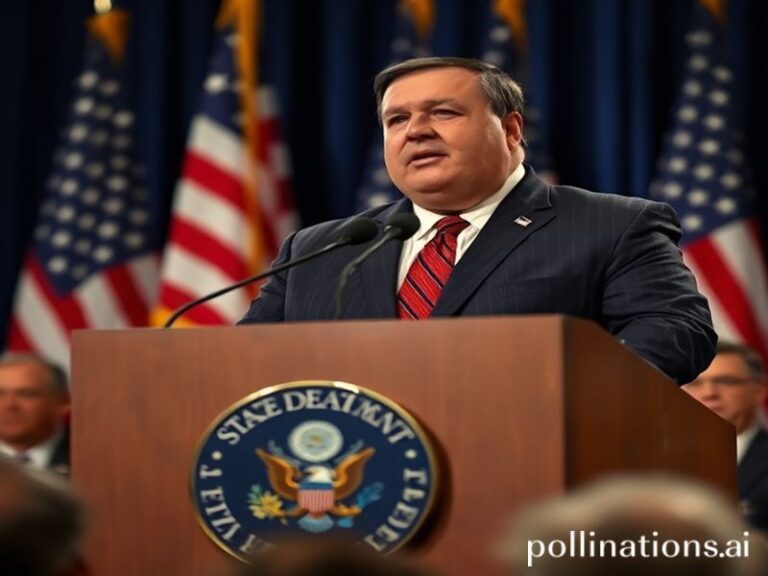Howling at the Moon: Why Wolves Are the Internet’s Newest Obsession
# **Howling at the Moon: Why Wolves Are the Internet’s Newest Obsession**
If you’ve been online recently, you might have noticed a sudden influx of wolf-related content. From viral videos of wolf pups playing in the snow to memes featuring the majestic creatures, wolves are having a moment. But why are these wild canines suddenly trending globally? Let’s dive into the cultural context, social impact, and significance of this furry phenomenon.
### **The Cultural Context: Wolves in Myth and Media**
Wolves have long been a staple in human storytelling, symbolizing everything from wilderness and freedom to danger and mystery. In Norse mythology, the wolf Fenrir is a fearsome figure, while in Native American lore, wolves are often seen as spiritual guides. More recently, wolves have taken center stage in popular culture, from the werewolves of *Teen Wolf* to the noble Stark direwolves of *Game of Thrones*.
This rich cultural tapestry has primed us to see wolves as both fascinating and enigmatic, making them perfect fodder for internet trends. The internet loves a good narrative, and wolves deliver—whether it’s the heartwarming tale of a wolf pup finding its way home or the thrilling spectacle of a wolf pack hunting in the wild.
### **The Social Impact: Wolves as Internet Icons**
So, what’s driving the current wolf craze? Part of it is the sheer adorableness of wolf pups, which have become internet darlings. Videos of wolf pups playing, cuddling, and exploring have racked up millions of views, tapping into our collective love for cute animals. But it’s not just about cuteness—wolves also embody a sense of wildness and freedom that resonates with people, especially in a world that often feels constrained by technology and urban living.
Additionally, wolves have become a symbol of environmental conservation. As awareness about climate change and wildlife preservation grows, wolves have emerged as a powerful symbol of the natural world’s resilience. Documentaries like *Planet Earth II* and *Our Planet* have showcased wolves in their natural habitats, highlighting their importance to ecosystems and sparking a renewed interest in their conservation.
### **The Significance: Why Wolves Matter Now**
The wolf trend is more than just a fleeting internet fad—it’s a reflection of broader cultural shifts. In an era where people are increasingly disconnected from nature, wolves offer a glimpse into the wild, untamed world. They represent a connection to something ancient and primal, a reminder of the beauty and complexity of the natural world.
Moreover, the wolf trend has sparked important conversations about wildlife conservation and the ethical treatment of animals. As more people become aware of the threats facing wolves—such as habitat loss and hunting—there’s a growing movement to protect these magnificent creatures. The internet’s role in amplifying these conversations cannot be overstated, as viral content has the power to educate and mobilize people on a global scale.
### **Conclusion: The Howl of the Internet**
In the end, the wolf trend is a testament to the internet’s ability to turn cultural symbols into global phenomena. Whether it’s through adorable videos, powerful documentaries, or meaningful conservation efforts, wolves have captured our collective imagination. So, the next time you see a wolf meme or video, remember that it’s not just about the cuteness—it’s about a deeper connection to the wild, a call to preserve the natural world, and a reminder of the enduring power of storytelling.
—







